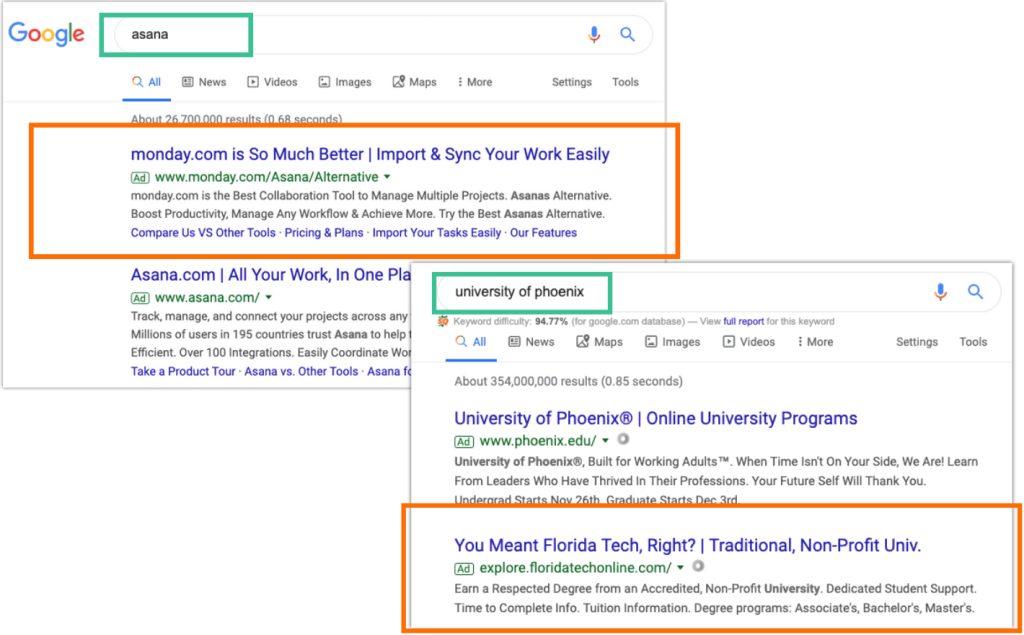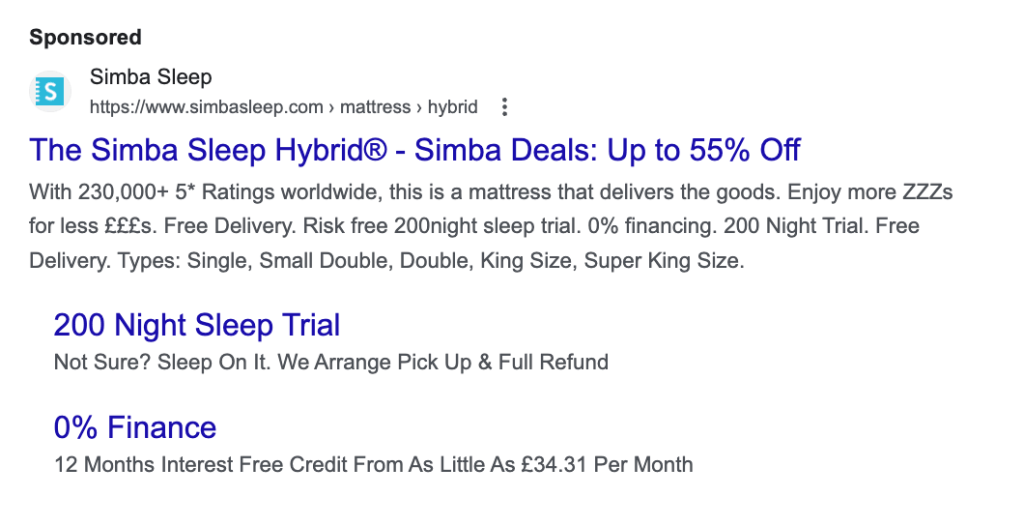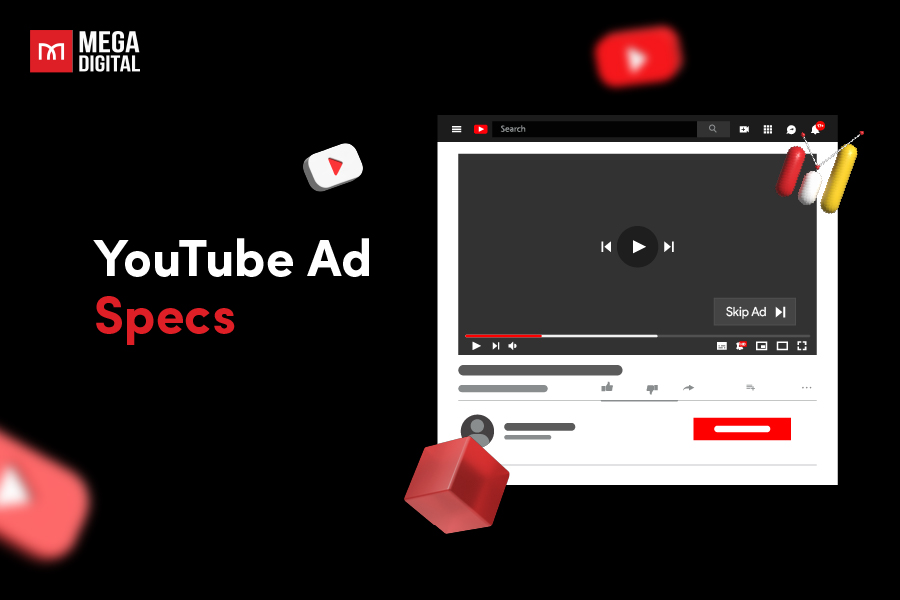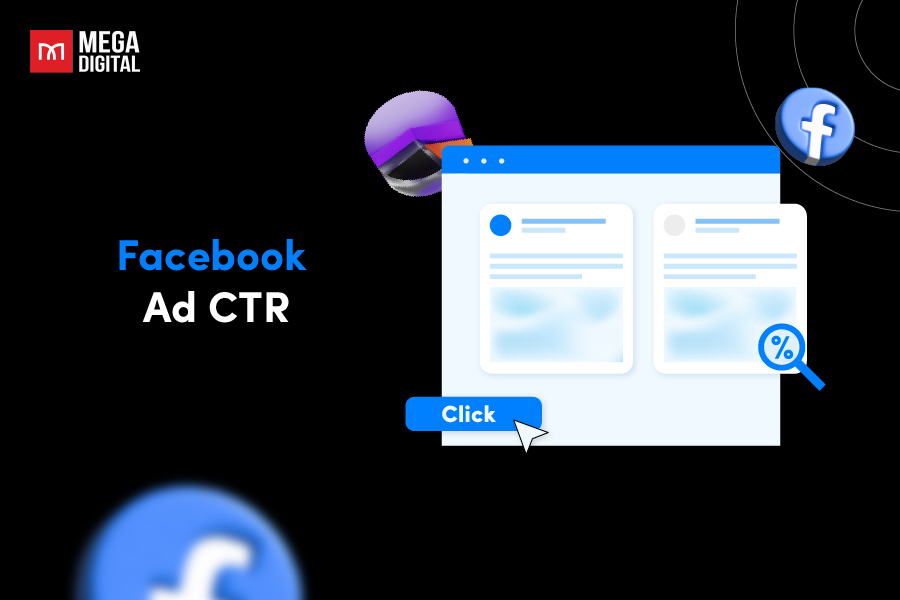When it comes to online advertising, protecting your brand and maximizing its reach is crucial for sustained success. That’s why bidding on branded keywords is an essential part of any PPC campaign. In this guide, I will explain all you need to know about Google Ads brand bidding, and how to leverage this powerful tool effectively in your Google Ads campaigns.
What is Google Ads brand bidding?
Brand bidding, also known as PPC brand bidding, refers to the practice of bidding on your own brand name or related trademarks as keywords in your Google Ads campaigns. This ensures that your ads appear prominently when potential customers search for your brand or similar terms.
According to Google Ads policy, competitors can’t use your brand name in their ads, but they can run ads in a smart way that encourages people to click their ads rather than yours:

A brand’s website might have a good organic ranking, but competitors have more space than ever to promote their offer and crowd out other results.
How to know if competitors are bidding on my brand or not?
It’s not uncommon nowadays for competitors to bid on your brand keywords in an attempt to capture some of your traffic. Even if users decide not to click on competitors’ ads, they’re now aware of their existence (if they weren’t before).
But how can you know if this is happening or not? Here are some ways to check:
#1 Conduct a Google Search
The simplest and fastest way to check if competitors are bidding on your brand keywords is to conduct a Google search. Type your brand name into the search bar and see what comes up. If you see ads from other companies appearing above or alongside your organic listing, it’s likely that they’re bidding on your brand keywords.
Remember, this will only confirm the presence of competition. Just because you don’t see any paid ads doesn’t mean you don’t have competitors in the auction. Be careful of misleading signs caused by budget exhaustion, low ad rank, location exclusion, and other reasons.
#2 Use Google’s Ad Preview and Diagnosis Tool
Google’s Ad Preview and Diagnosis tool allows you to see what your search results page looks like from different locations, devices, and languages. This can be particularly useful if you suspect that competitors are targeting your brand keywords in specific regions or on certain devices.
#3 Monitor your Search Terms Report in Google Ads
Your Search Terms Report in Google Ads shows you the actual queries that triggered your ads. If you notice queries that include your brand name but are associated with a competitor’s ad, it’s a clear sign that they’re bidding on your brand keywords.
#4 Use a Competitive Intelligence Tool
There are several competitive intelligence tools available that can provide insights into your competitors’ PPC strategies. Tools like SEMRush, SpyFu, and iSpionage can show you which keywords your competitors are bidding on, including your brand keywords.
#5 Consult with a Digital Marketing Agency
If you’re still unsure or if you want a more comprehensive analysis, consider consulting with a digital marketing agency, such as Mega Digital, a leading Google Premier Partner in APAC. At Mega Digital, a group of Google Ads experts can provide expert guidance and help you navigate the complexities of brand bidding.
While Google Ads policy generally prohibits bidding on competitors’ trademarks, be mindful of situations where competitors might use variations of your brand name in their ad copy. Consider using negative keywords to address such instances.
Why is brand bidding so important?
Several compelling reasons make brand bidding an essential component of any Google Ads strategy:
Maintain control of your brand narrative
By appearing at the top of search results for your brand name, you control the message users see first. This ensures they encounter your official content, safeguarding your brand reputation and preventing competitors from “yoinking” your search presence.

Boost brand visibility and awareness
Brand bidding significantly boosts your brand’s visibility in search results, leading to increased brand awareness and recognition among potential customers. This is particularly beneficial for new or emerging brands trying to establish themselves within their market.
Capture high-intent traffic
Individuals searching for your brand name directly are likely high-intent users already familiar with your products or services. Brand bidding allows you to capture this valuable audience segment at a crucial point in their decision-making journey, potentially leading to higher conversion rates.
Drive Traffic to Your Website
By appearing prominently in search results, brand bidding increases the likelihood of users clicking on your ads and being directed to your website. This can significantly boost website traffic, potentially leading to increased leads, sales, and brand engagement.
Some Google Ads Brand Bidding Strategies You Should Follow
Now that you understand the core principles of brand bidding, let’s explore practical strategies to optimize your approach:

Conduct Competitive Analysis of (SERP)
The first thing you need to do, besides all the basic campaign setup steps, is to determine the threat of lost clicks and revenue. Make sure you know whether it happens because your competitors’ ads compete with your listings, or your brand name simply doesn’t appear as the top result.
If you have direct competition, most ads or competing results can pose a real threat to your business. Even if someone searches for your brand, it doesn’t necessarily mean they’re devoted or exclusive to your brand.
Utilize Exact Match Keywords
For maximum control over when your ads appear, prioritize exact match keywords, which only trigger your ad when the user’s search query precisely matches your brand name. This ensures your ads are displayed only for highly relevant searches, preventing irrelevant clicks and potentially reducing costs.
For instance, the BMM keyword “[brand name] + reviews” would trigger your ad for searches like “[your brand name] customer reviews” or “[your brand name] product reviews”. This broadens your reach while still maintaining some control over the search queries that trigger your ads.
Implement Negative Keywords
Negative keywords are essential for refining your targeting and preventing irrelevant ad impressions. By adding negative keywords like “competitor name” or “used [your brand name]”, you can prevent your ads from being displayed for searches containing these terms, ensuring your budget is spent on reaching the most relevant audience.
Highlight Your Unique Selling Proposition (USP)
Your brand name is not the deciding factor that makes users click. It is your products’ USP that sets you apart from your competitors.
You should highlight your USP in your ad copy, along with your brand name. This could be anything from superior product quality, exceptional customer service, exclusive offers, or any other aspect that makes your brand unique. When users search for your brand, they are likely already aware of your products or services and are further along in the buying process.

Bid on competitor’s brand name cautiously
Yes, you are not hearing wrong! You can actually bid on keywords associated with competitor brands.
However, there are restrictions to bidding on competitor keywords. Google’s terms of service prohibit the use of another brand’s name in your ads. It’s also important to maintain professional conduct, openly criticizing another brand is not advisable and could potentially lead to serious legal complications.
Despite these limitations, there are strategic ways to incorporate competitor keyword bidding into your marketing efforts. Here is an example:

Prioritize High-Quality Landing Pages
When users click on your brand term ads, they expect to land on relevant and informative pages. Ensure your landing pages offer a seamless user experience, clearly communicate your brand value proposition, and align with the search intent behind the brand name query.
Friendly reminder: Ensure you comply with Google Ads’ trademark policies and any relevant legal restrictions regarding brand bidding practices.
Case Study: Successful Brand Bidding with Google Ads
Let’s take a look at a real-life example of successful brand bidding with Google Ads. The company in focus is Endy, a Canadian Direct-to-Consumer (DTC) brand that sells mattresses in a box.
The Challenge
The DTC mattress industry is highly competitive, with many major players vying for market share. Endy needed to stand out from the crowd and establish a strong presence in the Canadian market.
The Strategy
Endy decided to leverage Google Ads brand bidding as part of their marketing strategy. They bid on their own brand name and related keywords to increase their visibility on search engine results pages (SERPs). This was particularly important as competitors were also bidding on Endy’s brand keywords.

The Execution
Endy’s Google Ads campaign was carefully crafted to resonate with their Canadian audience. Their ad for an “endy” search was personalized with the message “Canada’s Best Mattress” and featured a compelling offer of a free weighted blanket. The ad also demonstrated social proof with over 6,387 reviews.
Upon clicking the ad, users were directed to a landing page that reinforced the same offer and featured uniquely Canadian imagery to further personalize the experience.

The Result
Endy’s brand bidding strategy was a resounding success. By bidding on their own brand keywords, they were able to maintain high visibility on the SERPs, control the messaging associated with their brand, and drive conversions. Their personalized ads and landing page experiences resonated with their target audience, leading to increased click-through rates and a significant boost in conversions.
Key Takeaways
Endy’s success story demonstrates the power of Google Ads brand bidding. It underscores the importance of personalization, compelling offers, and social proof in creating effective ads. It also highlights the value of a well-designed landing page in converting clicks into customers.
Wrap-up
Google Ads brand bidding is a powerful strategy that can significantly enhance your brand’s visibility and control in the digital marketplace. It’s an approach that can drive high conversion rates and protect your brand from competitors. However, it’s important to remember that every brand is unique, and your brand bidding strategy should be tailored to your specific needs and objectives.










